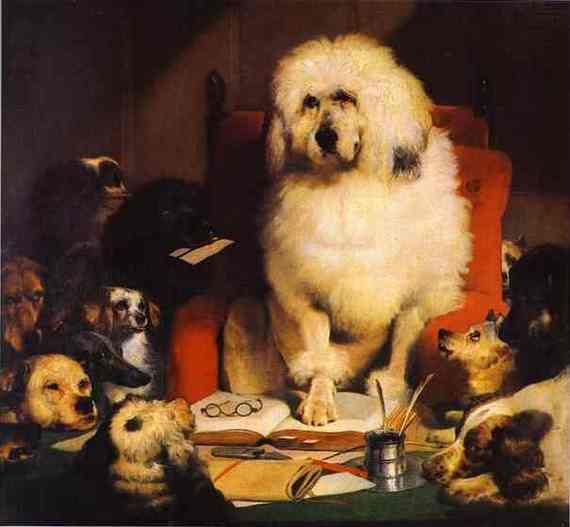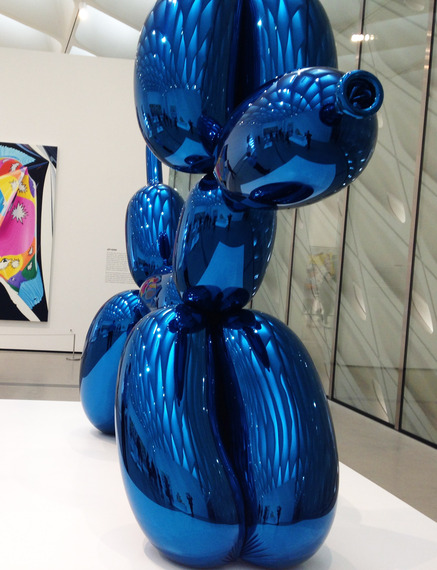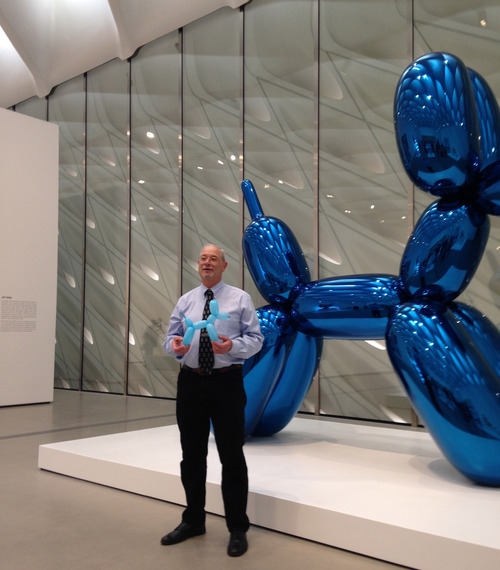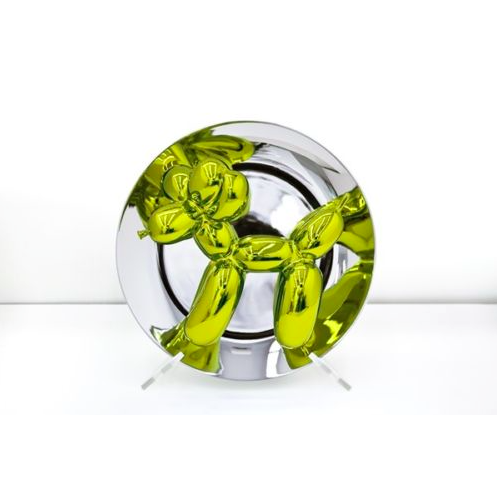Landseer’s Poodle, Koons’ Balloon Dog and Why Museum Curators Should Hedge Their Bets for the Future

"Edwin Landseer is one of the few, the very few, modern artists, whose works will bear to hang in the same room with the old masters and lose nothing by contrast." - Anna Eliza Bray (British Novelist), 1841Unless you are a poodle breeder, or a print-collecting British barrister, it is unlikely that you have ever heard of Sir Edwin Landseer's once highly-esteemed doggie picture: "Laying Down the Law." Landseer's canvas, which satirizes the legal profession by portraying the Lord Chancellor as a French poodle, surrounded by glossy-eyed canine mignons, is the work of an artist who was widely viewed as a genius during his lifetime. "Sir Edwin's dogs have generally more expression in them," gushed one Victorian critic, "more intelligence, and more mind, than most portrait-painter's men and women."

Today, Edwin Landseer (1802-1873) barely rates a footnote in art history texts--if he is mentioned at all--so it might be worth briefly recounting a few facts of his life. Sir Edwin (knighted in 1850) was a brilliant hypochondriac who abused drugs and alcohol and who could reportedly paint with both hands at once to help keep up with the demand for his work. He was the "unrivaled" animal portraitist of his time. After turning down the Presidency of the Royal Academy in 1866, he died at the age of seventy-one in 1873, nine months after his family reluctantly had him declared insane. Landseer's anthropomorphized dog pictures, such as "Good Doggie" and "A Distinguished Member of the Humane Society" are now regarded as period pieces, the high-brow antecedents of "Dogs Playing Poker." His reputation did at least linger into the early 20th century: while an art student in Vienna, Adolf Hitler made a rather poor copy of one of Landseer's vaunted stag paintings.

I was having some thoughts about all of this as I looked over a recent example of dog art -- Jeff Koon's "Balloon Dog (Blue)"-- which I saw for the first time when I visited The Broad last month. Honestly, I found it pretty dazzling and enjoyed watching the way that the Broad's visitors were drawn to it. The "Balloon Dog (Blue)" makes a phenomenal backdrop for photos, and its reflective surface is irresistible, especially to kids. When I walked past it a second time on my way to the elevator, I even witnessed an homage: a professional balloon man (sorry, but I have lost his name) was posing with a poodle balloon that he had made on the spot. "I have been waiting for months to come here and do this," he told me.

The staggering $58 mil. price came a bit more than six months after the then-Director of the Museum of Contemporary Art, Los Angeles, Jeffrey Deitch, had argued in a public debate held at Art Basel, Hong Kong that "The market is the best judge of art's quality." By that standard, at least, Koon's "Balloon Dogs" (there are a number of them) are the finest works of contemporary art in the world. And, unlike Sir Edwin Landseer, Koons doesn't have to use both hands at once to keep up with demand: his many fabricators serve as nimble extra hands. As curator Paul Schimmel commented admiringly in a recent public panel: "I think Jeff Koons turns those fabricators into his bitches and gets things that are unbelievable." Nice dog reference!
Like Landseer's "Laying Down the Law," Koon's popular balloon dog series has also inspired expensive multiples: you can buy an "Authentic Jeff Koons Yellow Dog Plate" (Brand new, in box, numbered and signed) on eBay for $9,850 or best offer. Just the thing for your condo in the Marina, right?

If I were a museum curator today, I would hedge my bets and collect broadly. Yes, I believe I just suggested that museum curators should be a bit more like hedge fund managers. Especially in this cultural situation where markets are seen as taste-makers, reputations can rise and fall rapidly, just like stocks.
And regarding Landseer, here is a thought: perhaps he is about to be re-discovered, taken up by some mega-dealer who will burnish his reputation and get his friends--whoops, I mean clients--to bid the Landseer market up a few notches. Isn't that how "Blue Chip" taste is determined these days: by a cartel of auction houses, dealers, and speculators?
Besides, dog art apparently remains a public favorite.
Speaking for myself, I'm going to try and keep my own taste independent from the market, and refuse to flatter myself by fantasizing that I have the ability to predict what history will anoint as culturally significant and worth revering. It all just seems too variable to me.
After all, as Oscar Wilde--a Victorian whose reputation has lasted--once wrote:
"We all have our different tastes, have we not?"
